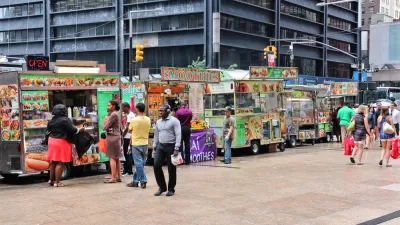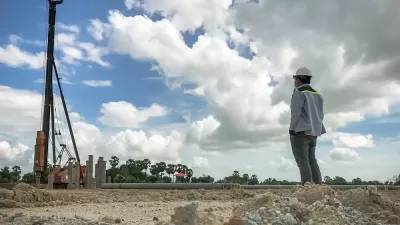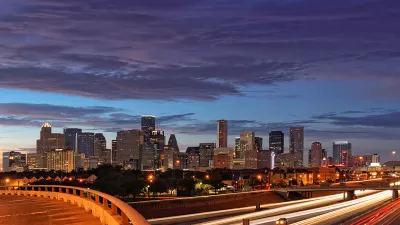Economic recovery depends on shifting the U.S. from a consumption economy to a production economy, according to this article. A good way to do it: build infrastructure.
Writing for The Atlantic, Michael Mandel argues that the country is heading for an infrastructure crash.
"[I]n the spirit of making lemonade from lemons, budget austerity may offer an opportunity to rethink our priorities and consider our vision for the future of infrastructure. The big question is: Do we want to build roads, bridges, harbors and airports to support the current consumption- and import-oriented economy? Or should we focus infrastructure spending to encourage the shift to a more sustainable production- and export- oriented economy?
The shift from a consumption economy to a production economy is probably the most important--and most difficult--task that the U.S. faces. The clearest sign of the problem is the apparently intractable trade deficit. Over the past ten years, the country has run up a cumulative deficit of $5.7 trillion with the rest of the world, and there's no sign of that reversing any time soon. To put it a slightly different way, the U.S. imports almost as much goods ($1.9 trillion in 2010) as the country produces (value-added of $2.2 trillion in manufacturing, mining, and agriculture)."
FULL STORY: America's Coming Infrastructure Crash

Study: Maui’s Plan to Convert Vacation Rentals to Long-Term Housing Could Cause Nearly $1 Billion Economic Loss
The plan would reduce visitor accommodation by 25,% resulting in 1,900 jobs lost.
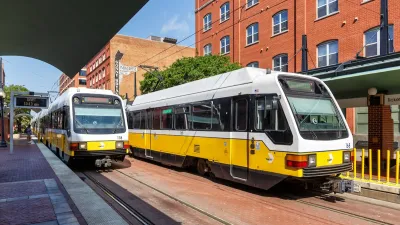
North Texas Transit Leaders Tout Benefits of TOD for Growing Region
At a summit focused on transit-oriented development, policymakers discussed how North Texas’ expanded light rail system can serve as a tool for economic growth.

Why Should We Subsidize Public Transportation?
Many public transit agencies face financial stress due to rising costs, declining fare revenue, and declining subsidies. Transit advocates must provide a strong business case for increasing public transit funding.
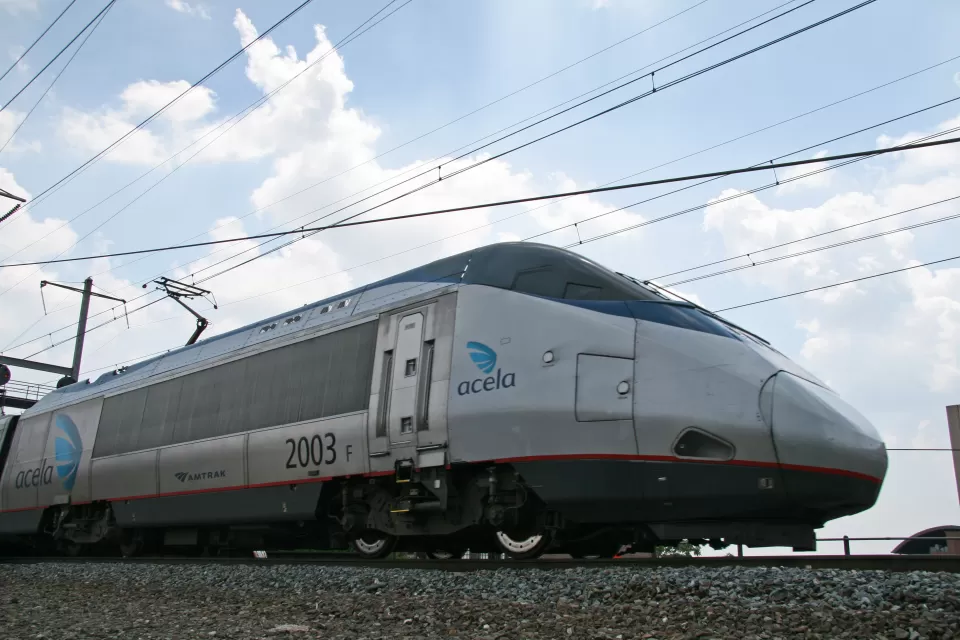
How to Make US Trains Faster
Changes to boarding platforms and a switch to electric trains could improve U.S. passenger rail service without the added cost of high-speed rail.

Columbia’s Revitalized ‘Loop’ Is a Hub for Local Entrepreneurs
A focus on small businesses is helping a commercial corridor in Columbia, Missouri thrive.

Invasive Insect Threatens Minnesota’s Ash Forests
The Emerald Ash Borer is a rapidly spreading invasive pest threatening Minnesota’s ash trees, and homeowners are encouraged to plant diverse replacement species, avoid moving ash firewood, and monitor for signs of infestation.
Urban Design for Planners 1: Software Tools
This six-course series explores essential urban design concepts using open source software and equips planners with the tools they need to participate fully in the urban design process.
Planning for Universal Design
Learn the tools for implementing Universal Design in planning regulations.
Ascent Environmental
Borough of Carlisle
Institute for Housing and Urban Development Studies (IHS)
City of Grandview
Harvard GSD Executive Education
Toledo-Lucas County Plan Commissions
Salt Lake City
NYU Wagner Graduate School of Public Service


























